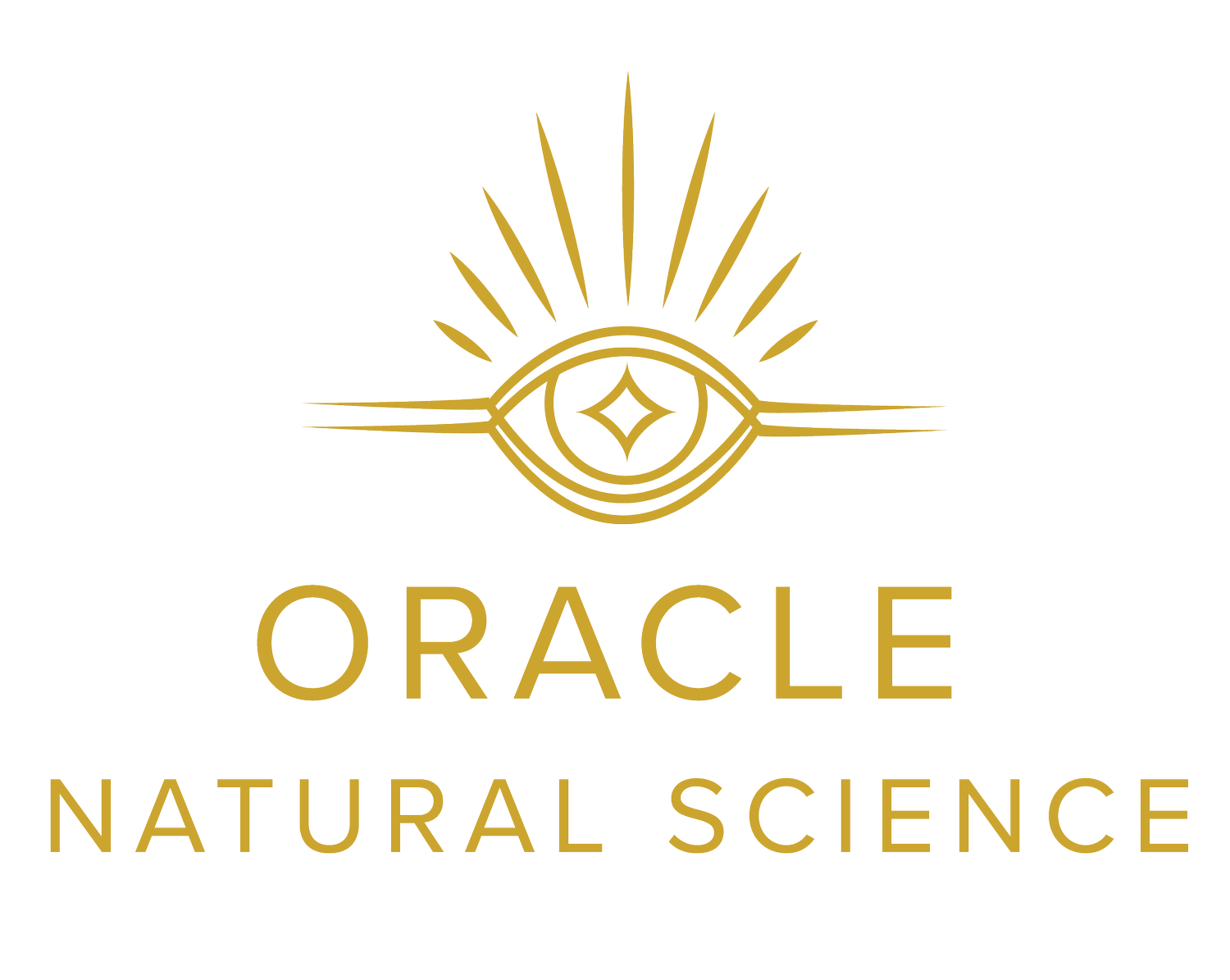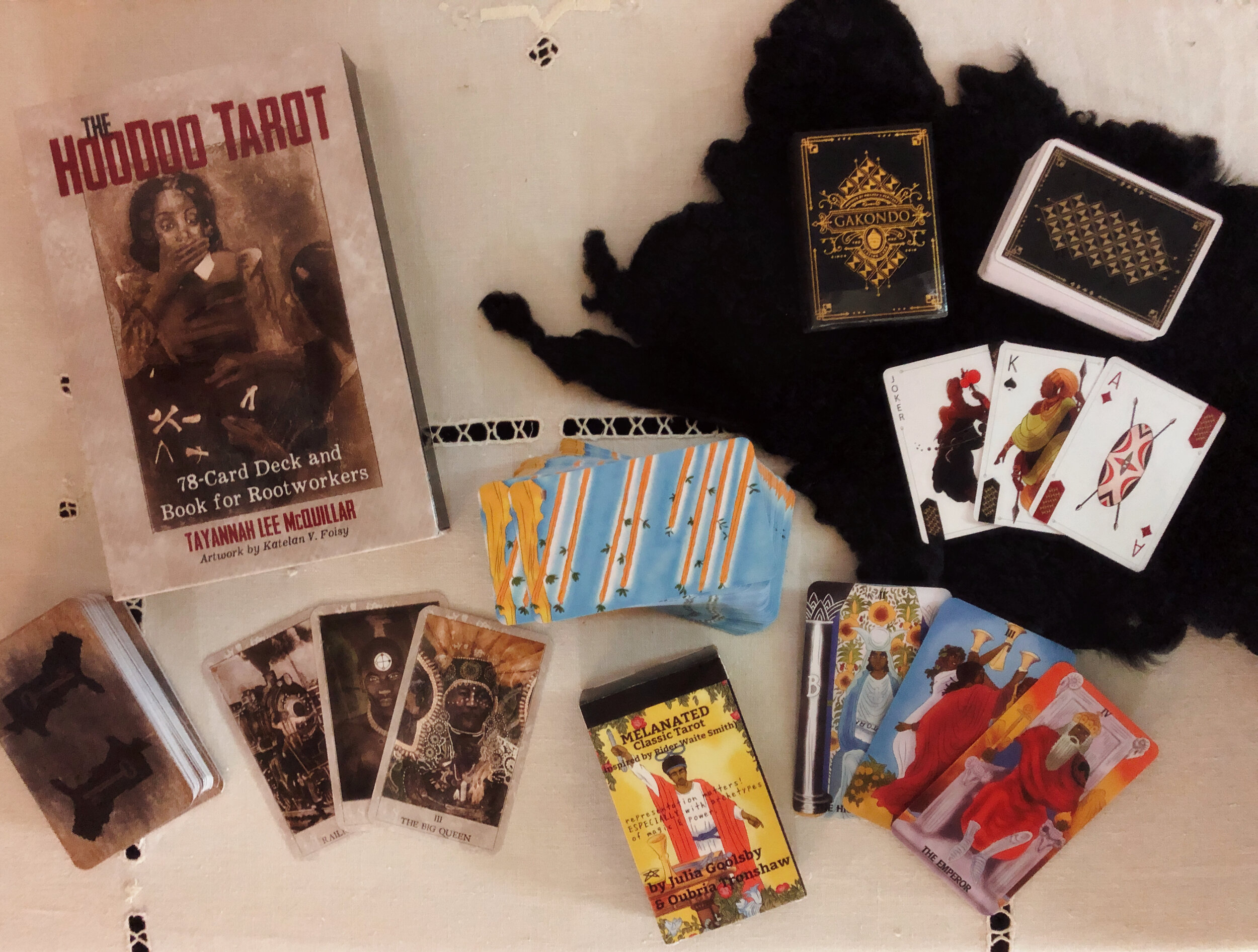Oracle family,
So far our fundraiser has raised $1,500 for the bats and for our scholarship! But why should you care? Why bats? What is our scholarship? Why are opportunities for BIPOC in the natural sciences important?
It all started with the Oracle team realizing the importance of inclusivity and how there are barriers being upheld in the taxidermy and naturalist world. These barriers extend to many other aspects of our community - including spirituality/witchcraft. There we face the wall of sexism, gatekeeping, and overall exclusionary aspects to the practice. Not to mention financial hurdles. To begin any new venture, hobby, or practice, upfront investment is required, whether that be in materials, education, or even finding a mentor. Not everyone has the time or resources, especially in underserved communities, to pursue taxidermy or a naturalist lifestyle/practice. This is where we want to make a difference, to even out the playing field. This scholarship will be available to BIPOC & LGBTQ+ folk, providing funds for classes, for other scholarships, for educators to bring to Oracle and for foundations with similar goals of inclusivity and equality of opportunity. We at Oracle are challenging ourselves as well, and we will be opening up more free mentorships and tutorials. And that’s just the tip of the iceberg!
We were brainstorming and collaborating with other taxidermists in the community who are also helping in this endeavor. We all were mulling and mulling over the details of how to improve our community and our world. Is a scholarship or fundraiser the best or only path? We are all deeply committed to aligning our intentions with effective action. We also considered that, with the state of the Covid pandemic, right now is not the best time for classes or other kinds of in-person outreach. What’s more, with our recent move to our new space, we found a stash of freeze-dried bats, and the perfect opportunity came to us to soft start, or beta test, our scholarship fund. You all exceeded my hopes and expectations, and here we are way ahead of schedule. So, why bats?
Bats are burdened with a litany of false information about them. They are truly a misunderstood group of animals. Loved by the oddities community, but hated by most (insert sad goth bat). But, in earnest, there is so much misinformation circulating about bats, especially right now due to Covid. It’s hard to know where to begin. Do they carry rabies? Yes, but… Do they carry diseases? Yes, but… Don’t some suck blood? Yes, but! Not all!! What’s more, the aforementioned answers to these common concerns are gross simplifications of nuanced issues, alarmist in their nature, and they hide the truth.
I honestly had to look up why people hate bats to write this, and was astounded by the misinformation. Especially when it came to the stereotype of carrying diseases, perpetuated by Covid, alongside the pangolin. While some bat species and the pangolin might carry dangerous diseases, if left alone, they pose no threat to humans. These diseases are transmitted in unregulated, often times illegal wet markets. Just harvesting these creatures for medicinal purposes is illegal, and puts pressure on already stressed species. Poor little bats are hosts to many diseases, bacteria, and fungi. Bats have much lower body temperatures, hence just like the armadillo, they are perfect host for viruses. What’s critical to remember, though, is that for a contagion to be transferred to you by a bat, you would have to be in physical contact with a bat. It would have to be akin to the unlikely scenario of you capturing one with your barehands, and then, in its last attempts to defend itself, it bites you, penetrates its tiny teeth through your dermis hitting blood. Then yes - go to the doctor immediately. In reality, no you are not in harms way having them in your backyard or even if one accidentally enters your home. There are countless ways to safely, for both parties, to remove a bat from one’s home.
Bats play such a huge positive role in our ecosystem. Bats play a large role in providing fruits and crops with pollination. Like that margarita? Yeah, you got the bats to thank for that. The fruit bat pollinates fruit bearing trees and cacti, like agave for your tequila! It also helps in the dispersing of seeds. Most local species, for us in the midwest it would be the Myotis lucifugus, or the Little Brown Bat, are insectivorous! Meaning, those pesky mosquitos, our local Little Brown Bat, will gobble them up! On average one Little Brown Bat will consume over 3,000 insects in just one night. Bats can also have outsized benefits for agriculture. Having the bats saves millions of dollars in pesticides, and keeps those chemicals out of our ecosystems. Bolstering and helping bat populations flourish would only increase the benefits to humanity and to nature in general.
Like we already touched on, the major threats to bats are actually humans. Over-poaching, killing them for medicine or superstition, wind turbines, accelerated climate change, invasive species, hunting for disease prevention and other harmful myths. But one of the key threats, one that scientists need our help for funds for research, is White Nosed Syndrome, which effects bats during hibernation, and has been killing off bats in the thousands. This white fuzz grows over them (nose, ears and wings) causing serious damage to the dermis. Little is known about the disease, but it depletes the fat reservoirs during hibernation, causing them to rise early.
So, what can you do? Increase native species of plants in your backyard. Do NOT use harmful pesticides (for so many other reasons beyond just bats). You can provide water sources, or put up bat boxes in your yard to divert bats from roosting in your home while providing a safe space for them to hibernate. Less light sources and undisturbed spots in your yard at night. You can also stop buying bat specimens. This will stop at least one economic cause of pressure on these cute critters, making them less profitable to poachers, and less likely to be over harvested. But most importantly, to just learn more about bats, to help dismantle these toxic myths about them! You already helped by reading this long rant. Help spread the word. Help by just sharing.
Overall, we didn’t expect all this support and enthusiasm for our cause. We can’t thank you enough… our fundraiser continues til the end of October, so there is still a chance to put in your name to the drawing and help us even more, whether or not that is for the fundraiser or for the bats. Either way is appreciated. You can go directly to Bat Conservation International to donate - or here to donate directly to our scholarship below. Look out for part 2 to read more about our scholarship
Thank you,
Alessandra





